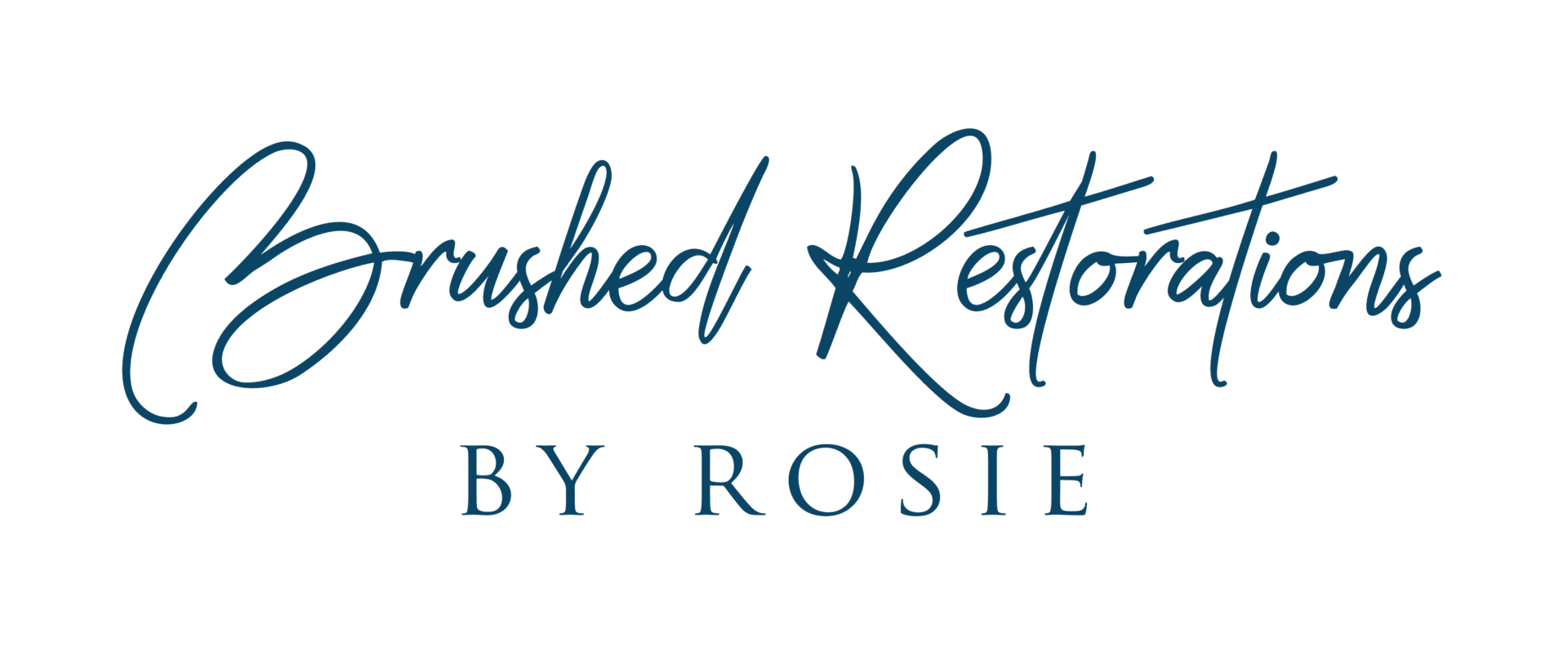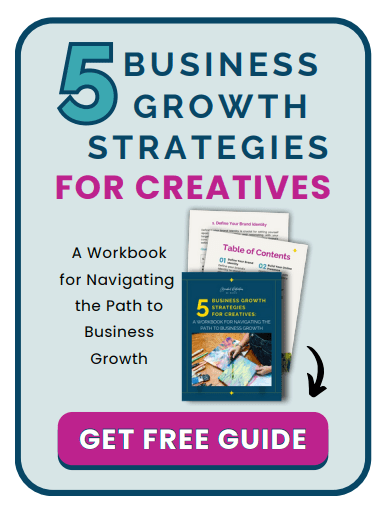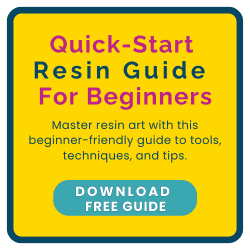Essential DIY and Crafting Safety Tips Every Creative Should Know
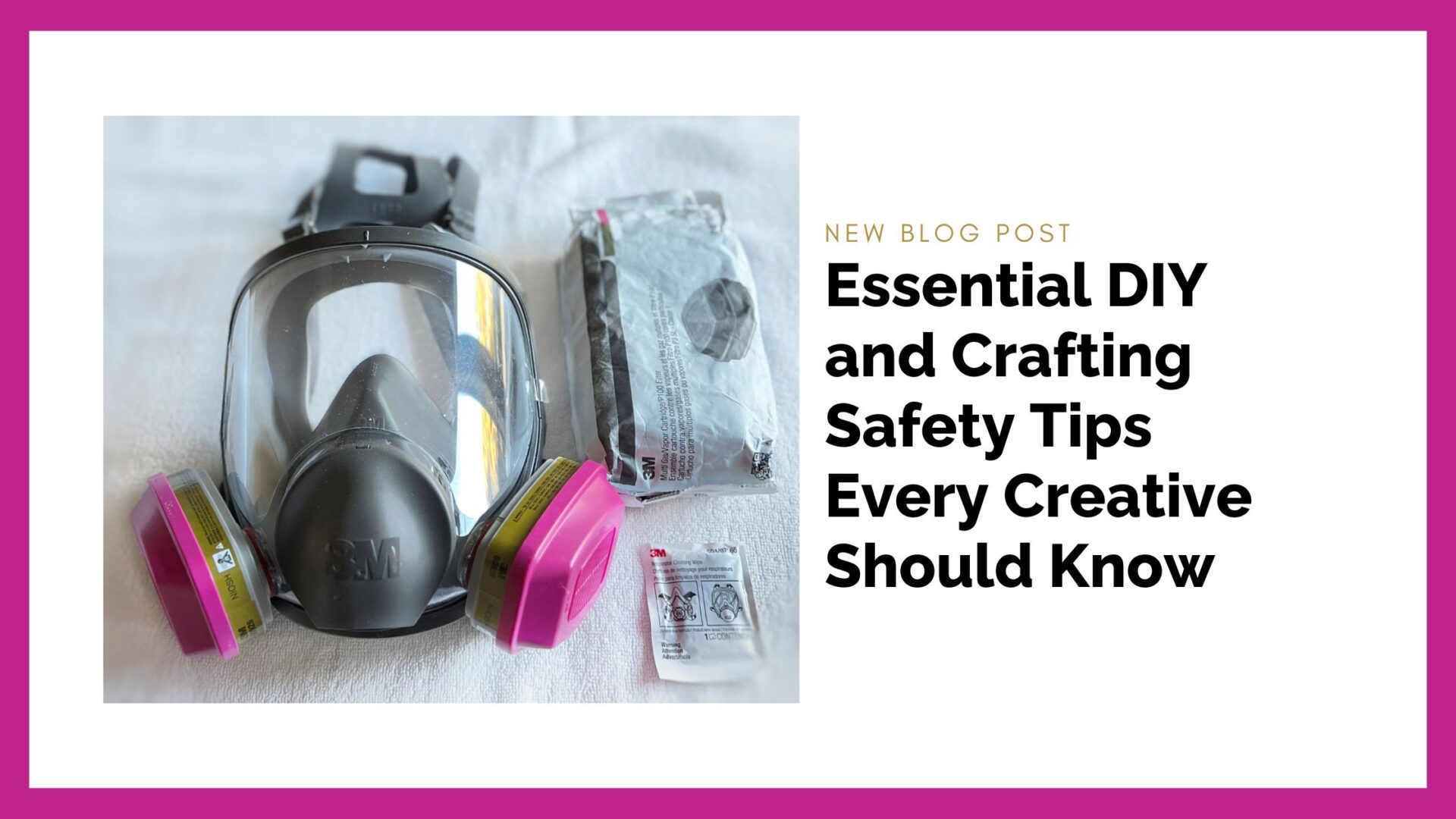
When diving into creative projects, following the right DIY and crafting safety tips is just as important as your technique. Whether you’re working with resin, paints, or power tools, knowing how to protect yourself ensures you can keep creating without interruptions. From understanding your materials to investing in the right gear, here are the must-know safety practices every DIYer and crafter should follow.
Know Your Materials: Essential DIY Safety Tips for Crafters
Before you even pick up a brush or mix your resin, it’s critical to understand what you’re working with. DIY safety tips always start with knowing your materials inside and out. Even if a product claims to be “low VOC” or “non-toxic,” the moment you mix two components—like resin and hardener—you’re creating a chemical reaction that changes the entire composition. That “low VOC” label? It can go right out the window. Always read labels carefully and research any unfamiliar materials. Even products that seem safe can release harmful fumes or cause skin irritation when improperly handled. Rules for safe crafting start with education: know what you’re working with and wear the proper respirator masks and protective gear.
Ventilation is Key: DIY and Crafting Safety Tips for Respirators and Air PurifiersGood ventilation isn’t optional—it’s a must. Working in a space with proper airflow helps prevent exposure to harmful fumes from paints, resin, and other materials. But even the best ventilation needs to be paired with the right respirator.
Types of Respirator Masks and Cartridges
Choosing the correct respirator and cartridges is essential for protecting yourself from different types of hazards. Here’s a breakdown of the most common cartridges and when to use them:
- Organic Vapor Cartridges (OV): Ideal for protecting against fumes from paints, resins, and solvents. These cartridges filter out harmful vapors and gases, keeping your lungs safe.
- Particulate Filters (P100) or N95): Designed to block fine dust and particles created during sanding, cutting, or grinding. These are essential when working with wood, glass, or sanding cured resin.
Combination Cartridges: For resin work, I recommend using cartridges that combine organic vapor protection with particulate filters. This ensures you’re protected from both fumes and dust.
I set up an auto-replenishment for my cartridges through Amazon to make sure I’m always stocked and replacing them regularly. Cartridges can lose their effectiveness over time, even if they aren’t visibly worn out, so setting up automatic deliveries helps me stay consistent with safety.
Air Purifiers for DIY Spaces
Even with proper masks, maintaining clean air in your workspace is crucial. Air purifiers help reduce lingering fumes and dust particles, creating a safer environment, especially if you work in a smaller or enclosed space.
Key Features to Look for in an Air Purifier:
- HEPA Filtration: Look for H13 HEPA filters that can capture 99.97% of particles as small as 0.3 microns.
- Smart Air Quality Sensors: These adjust the purifier’s speed based on air quality, ensuring optimal performance.
- Noise Level: A quiet purifier (below 30 dB) won’t disrupt your creative flow.
- Coverage Area: Make sure the purifier can handle the size of your workspace.
Read more about air filters in my blog post Mastering Dust Free Finish In Resin: Secrets Revealed
My Top Picks:
- Levoit Air Purifier: This is my personal go-to. It’s compact, efficient, and super easy to clean. I’ll be adding a YouTube video to this post where I talk about how I use and maintain it, so be sure to check that out!
- Nuwave H13 HEPA Air Purifier:
- 13 HEPA High-Efficiency Filter: Filters out up to 99.97% of harmful particles from the air.
- Smart Air Adjustment: Automatically adjusts fan speed based on air quality for optimal purification.
Ultra-Low Noise: Operates at just 30dB, making it perfect for quiet environments.
Both of these purifiers help keep my workspace safe and breathable, even during long crafting sessions.
Personal Protective Gear (PPE): Must-Have DIY Safety Gear for Every Crafter
Wearing the right DIY safety gear isn’t just about looking the part—it’s essential for keeping yourself safe.
- Gloves: Always wear nitrile gloves when handling resin, paints, or chemicals to prevent skin irritation. Some materials can seep through latex, so nitrile offers better protection.
- Eye Protection: This is non-negotiable. Whether you’re cutting glass, mirrors, or wood, safety goggles protect your eyes from debris and chemical splashes. Resin artists, especially, should protect their eyes from splashes or flying shards when cutting materials. Even if you wear prescription glasses, invest in over-glasses safety goggles for complete coverage.
- Respiratory Protection: Even with good ventilation, always wear a proper respirator when working with resin, paints, or when sanding. The fumes and fine particles can cause long-term health issues if inhaled regularly.
- Protective Clothing: Aprons and long sleeves protect your skin from spills and burns. Consider flame-resistant materials if you’re using heat tools. Wearing dedicated crafting clothes can prevent cross-contamination to other areas of your home.
- Hearing Protection: If you’re using power tools or loud machinery, consider wearing ear protection to prevent long-term hearing damage.
Investing in the right PPE not only keeps you safe but also gives you peace of mind while you create.
Tool Safety 101: Rules for Safe Crafting with Power Tools
Misusing tools is one of the quickest ways to get hurt. Follow these DIY safety tips to stay protected:
- Inspect Tools Before Use: Always check your tools for wear and tear before starting. Loose blades, frayed cords, or dull bits can lead to accidents.
- Use Tools Correctly: Don’t improvise—each tool has a purpose. Make sure you’re using the right tool for the job and following the manufacturer’s instructions.
- Keep Tools Sharp: Dull tools require more force and increase the risk of accidents. Whether it’s a utility knife or a saw blade, sharp tools are safer and more effective.
- Unplug When Not in Use: It’s simple but often forgotten—always unplug power tools when you’re done or when changing blades or bits.
- Proper Storage: Store your tools safely after each session. Keeping them organized and out of reach of children reduces the chance of accidents.
Fire & Heat Safety: DIY Safety Tips for Working with Heat Tools and Flammable Materials
When working with heat tools or flammable materials, take extra precautions:
- Heat Guns & Torches: Keep flammable materials far from your heat source. Never point a heat gun or torch at yourself or others, and always let the tool cool down before storing it.
- Fire Extinguisher: Always have one nearby, especially when working with resin or alcohol inks. Make sure it’s rated for chemical fires (Class B) and that you know how to use it.
- Fire Blankets: A fire blanket is an essential addition to your safety toolkit. Made from 100% fiberglass flame-retardant fabric, these blankets are designed to quickly smother small fires by cutting off the oxygen supply. Unlike fire extinguishers, fire blankets never expire and don’t require maintenance. They are easier and safer to use, especially for beginners who may find extinguishers intimidating. Simply pull the tabs, unfold the blanket, and place it over the fire. Ideal for studios, kitchens, or any area where heat tools are used, they help prevent small fires from escalating into larger disasters. Consider keeping one near your workspace, especially when working with flammable materials like alcohol inks or resin.
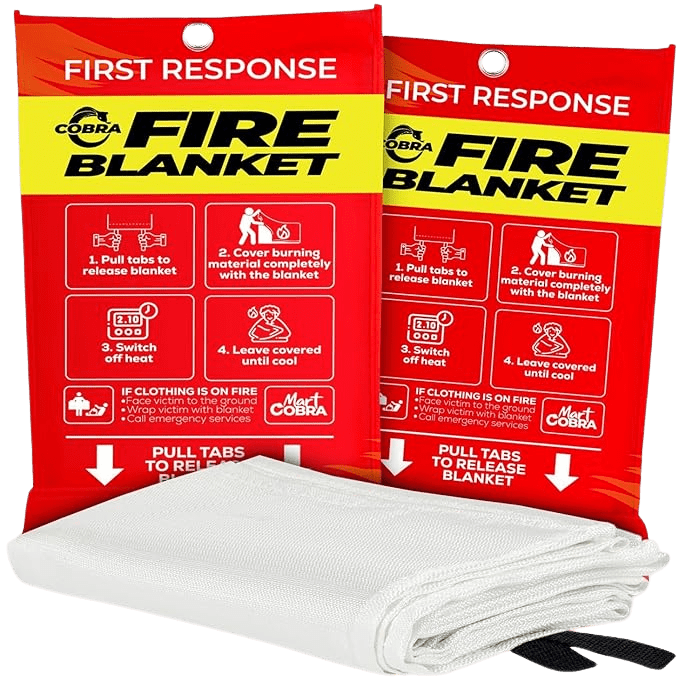
- Never Leave Projects Unattended: Whether you’re curing resin or using a heat gun, always stay close. It only takes a moment for a fire to start.
- Proper Disposal: Dispose of rags and materials soaked with flammable substances properly. Store them in a metal container with a tight-fitting lid to prevent spontaneous combustion.
Ergonomics & Workspace Setup: DIY and Crafting Safety Tips to Protect Your Health
This is one area many DIYers overlook, but it’s crucial for your long-term health. Poor ergonomics can lead to repetitive strain injuries or back pain that can sideline your creativity.
- Comfortable Setup: Invest in tools like a Rolling Shop Stool with Wheels or the Apollolift Hydraulic Lift Table. These help reduce strain and improve your workflow, especially when working on large or heavy projects.
- Adjustable Work Surfaces: Using adjustable-height tables can help reduce the strain on your back and neck. A hydraulic lift table can make a huge difference if you’re handling heavy materials.
- Take Breaks: Long crafting sessions can wreak havoc on your body. Set a timer to remind yourself to stretch, hydrate, and rest your eyes.
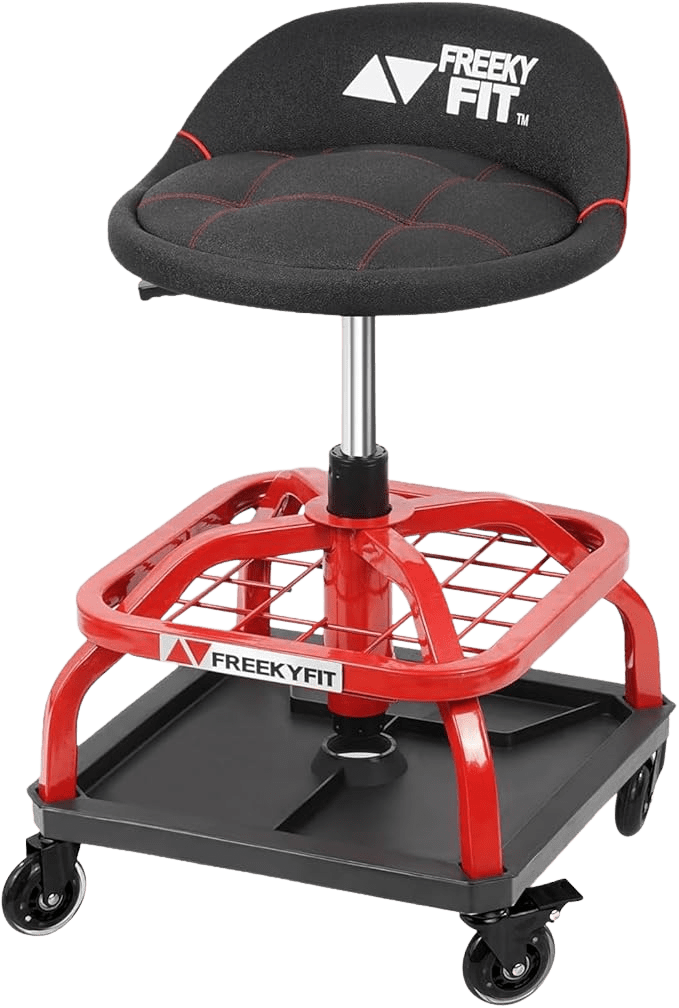
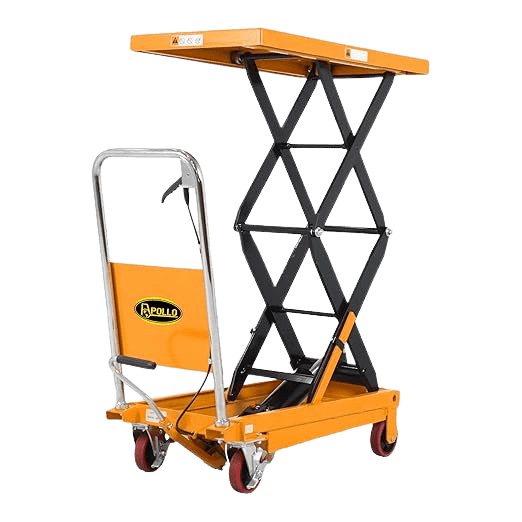
- Organized Workspace: A tidy workspace isn’t just aesthetically pleasing—it reduces the risk of accidents. Keep pathways clear, and store tools and materials within easy reach to minimize unnecessary bending and stretching.
Taking care of your body is just as important as caring for your art. Investing in ergonomic solutions will keep you healthy and productive for years to come.
First Aid Basics: Essential Rules for Safe Crafting and Emergency Preparedness
Even with all the precautions, accidents can happen. Be prepared:
- First Aid Kit: Keep one nearby for cuts, burns, or splinters. Make sure it’s fully stocked with bandages, antiseptic wipes, burn cream, and tweezers. I just found the cutest first aid kit and had to share! Convenient and organized. This absolutely adorable kit is pre-packed and neatly neatly organized.
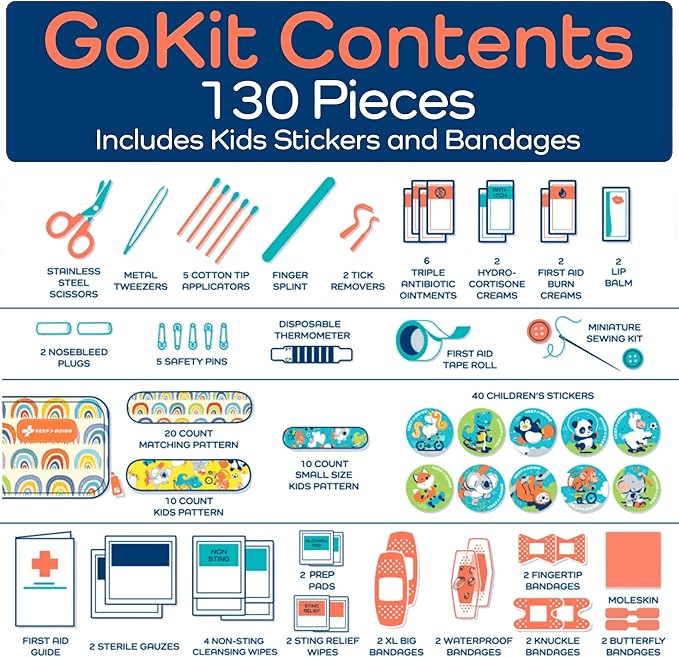
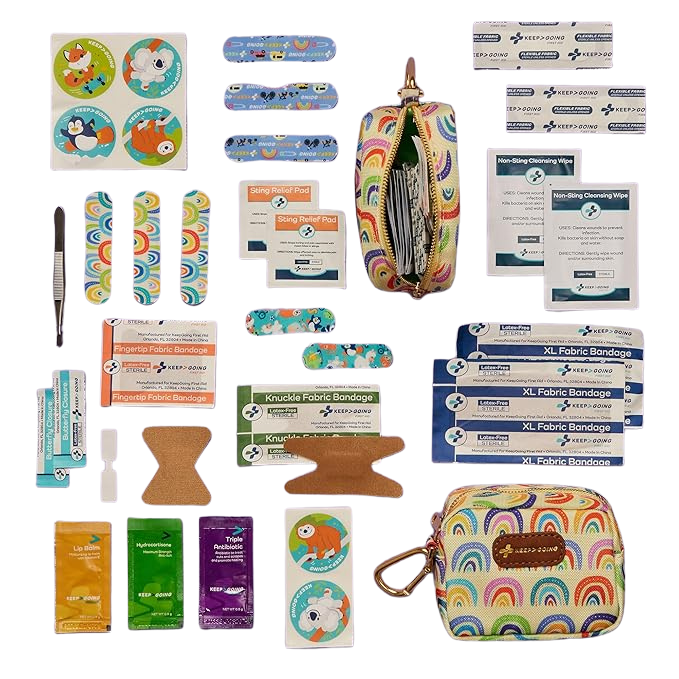
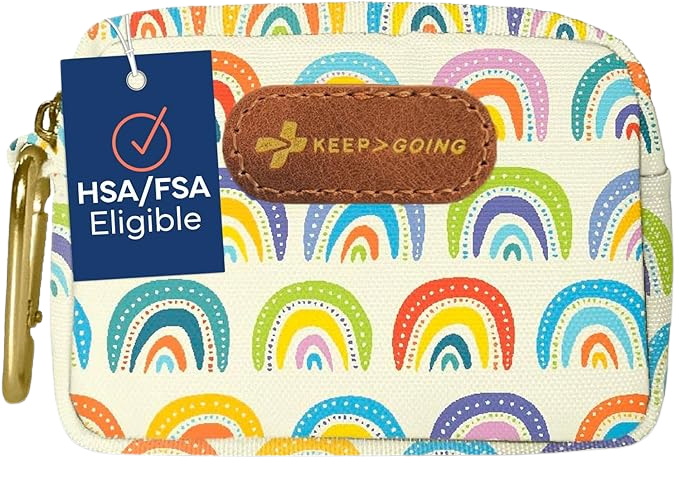
- Know Basic Procedures: Learn how to handle minor injuries, like treating a resin burn, removing glass splinters, or addressing chemical exposure.
- Emergency Contacts: Have important numbers, like poison control or your local emergency services, easily accessible in your workspace.
- Know When to Seek Help: If you experience a serious injury, chemical burn, or feel dizzy or short of breath, seek professional medical help immediately.
Conclusion
Your creativity deserves protection. Following these DIY and crafting safety tips ensures you can keep doing what you love without unnecessary risks. Safety isn’t just an afterthought—it’s part of the process. In my Resin Basics Course, I cover safety extensively, giving you all the tools and knowledge to create confidently. Check out my Resin Basics Course here and explore my curated list of safety gear on Amazon to keep your workspace secure. Don’t forget to watch my YouTube video where I walk through my personal setup and share more tips!
FAQ
What is the best respirator for painting and resin work?
Look for a respirator with organic vapor cartridges combined with particulate filters (like P100) to protect against both fumes and fine dust.
Do I need an air purifier if I’m using a respirator?
Yes! An air purifier like the Levoit or Nuwave H13 HEPA Air Purifier helps keep the overall air quality safe, especially in enclosed spaces.
What’s the most important safety gear for DIY crafters?
Gloves, eye protection, and respirators are the essentials. Depending on your project, protective clothing and hearing protection may also be needed.
How do I set up a safe crafting workspace?
Ensure proper ventilation, invest in ergonomic furniture like a rolling shop stool, and keep your workspace organized to prevent accidents.
Disclosure: Some links in this post are affiliate links, meaning I may earn a small commission at no extra cost to you. I only recommend products I personally use and love.
Hi There, I’m Rosie
I’m a mixed media artist who turned my passion for resin art into a thriving business, Brushed Restorations by Rosie. I love luxury, bold creativity, and helping other artists transform their hobbies into successful businesses. Between creating custom art pieces and teaching online courses, you’ll find me juggling life with my four kids and chasing new ideas to inspire creators like you!
My mission? To empower artists to grow their skills, build their brands, and make their art dreams a reality.
